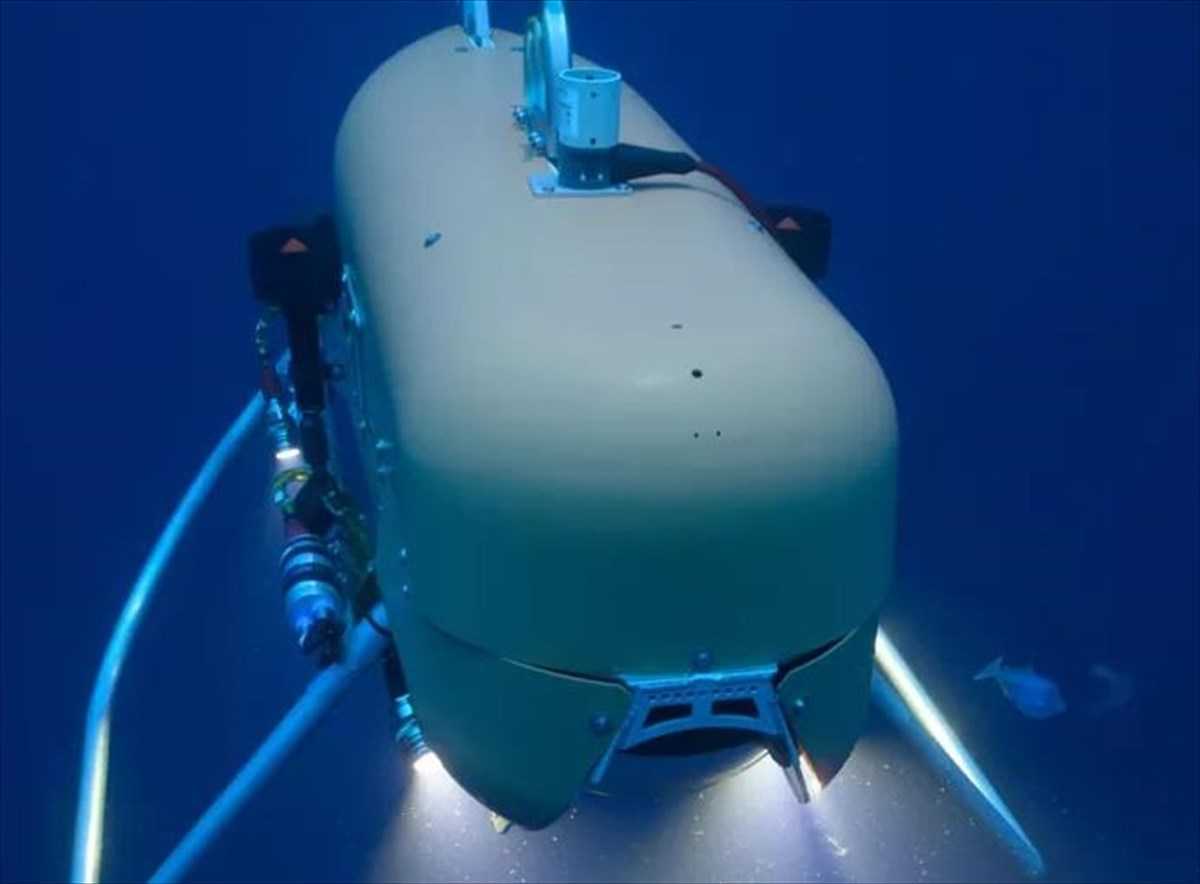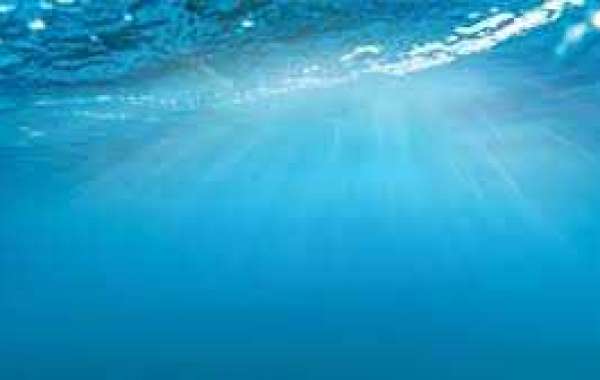click here to join the blue idea network's social media network
The existence of underground oceans on two satellites of planets in our solar system has been established and there are reasonable suspicions that there are other worlds within our solar system that hide the oceans and seas inside.
Understandably, since no other space body in our solar system other than Earth is life-friendly on its surface, the search for the presence of some life forms even in its simplest forms (microbial, etc.) will must be done in their subsoil. In fact, if there is water below their surface and much more seas and oceans, the chances of the presence of life increase greatly.
Europe, the icy satellite of Jupiter, and Enceladus, the icy satellite of Saturn, have large subterranean oceans. In fact, observations and studies in Egelados have shown that it has a number of favorable conditions for the presence of life. Of course these oceans are at depths of tens or hundreds of kilometers below the surface and a way must be found to reach them. Also when we manage to access these oceans we must have the means to explore them.
With this vision, NASA's Jet Laboratory, the famous JPL, developed technology for an autonomous exploration submarine that could be sent to the extraterrestrial oceans to discover what is there.
The spacecraft is called the Orpheus and is based on autonomous propulsion systems developed by JPL engineers for the rover and drone of the Perseverance mission to Mars. The submarine was built by the Woods Hole Oceanographic Institute, which is organizing a research mission to test the Orpheus.
From May 14-27, the submarine will travel to various abysses of the Earth to test its durability and technologies. The robot has, among other things, the ability to collect and analyze the DNA of the beings it comes in contact with as well as to analyze samples of water or other materials in its environment.
The submarine will be sent to depths of 6-11 thousand meters below sea level where it will face conditions that theoretically resemble those that exist in the underground extraterrestrial oceans. Of course, the test results are expected with great interest since, among other things, it can make important discoveries for our planet.
click here to join the blue idea network's social media network









